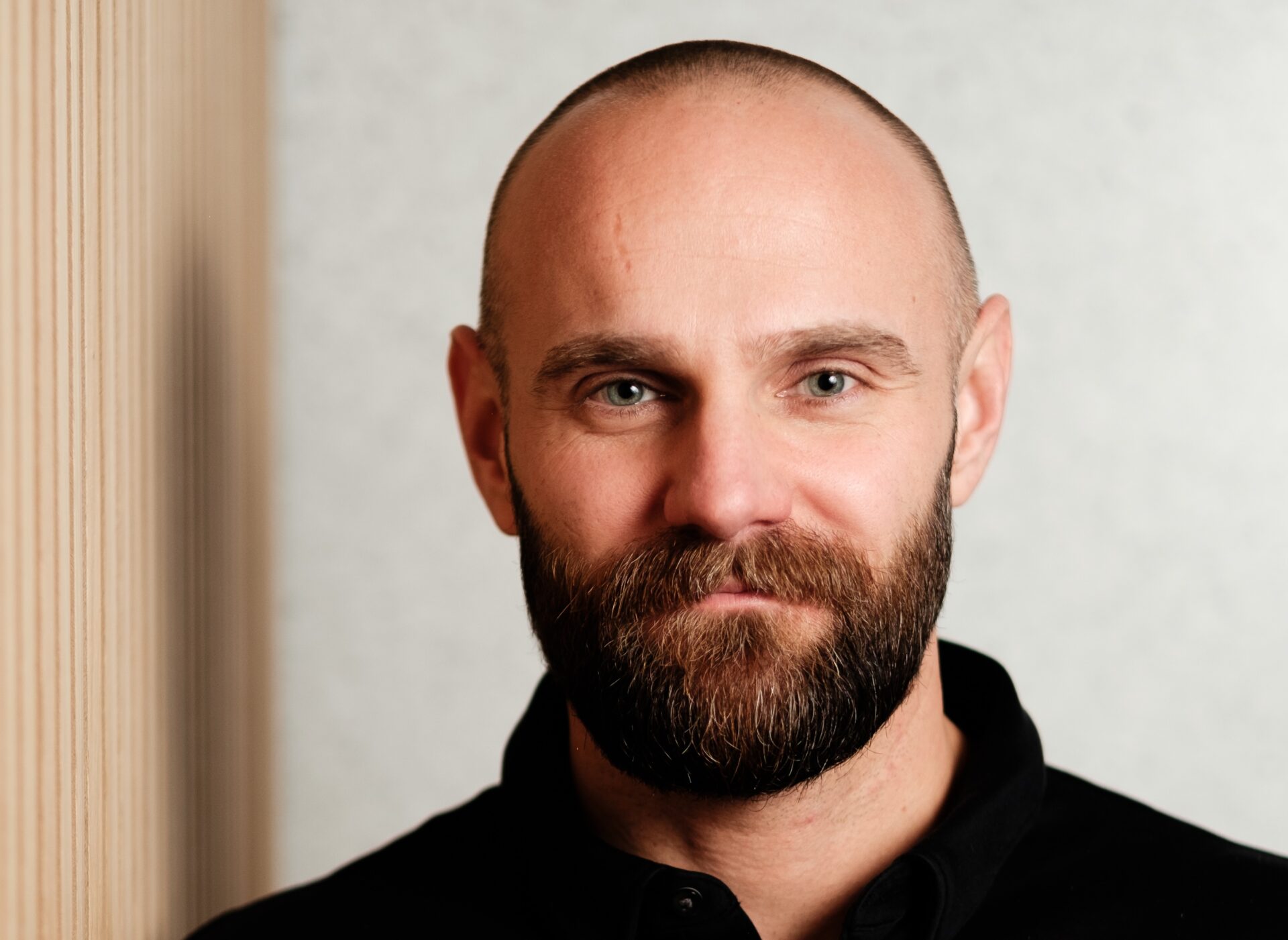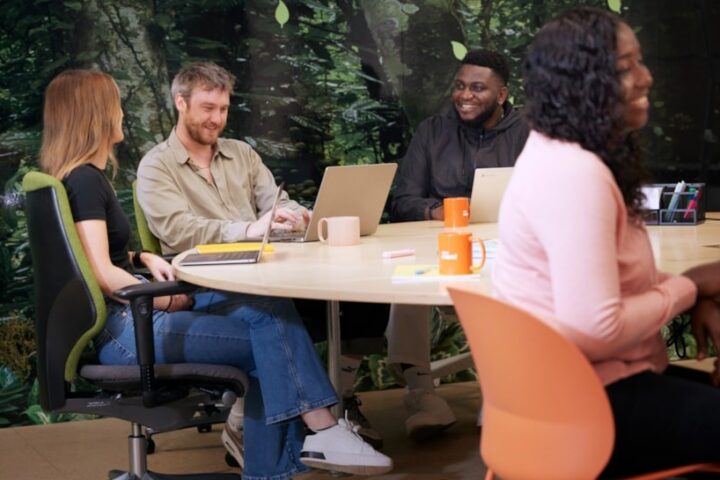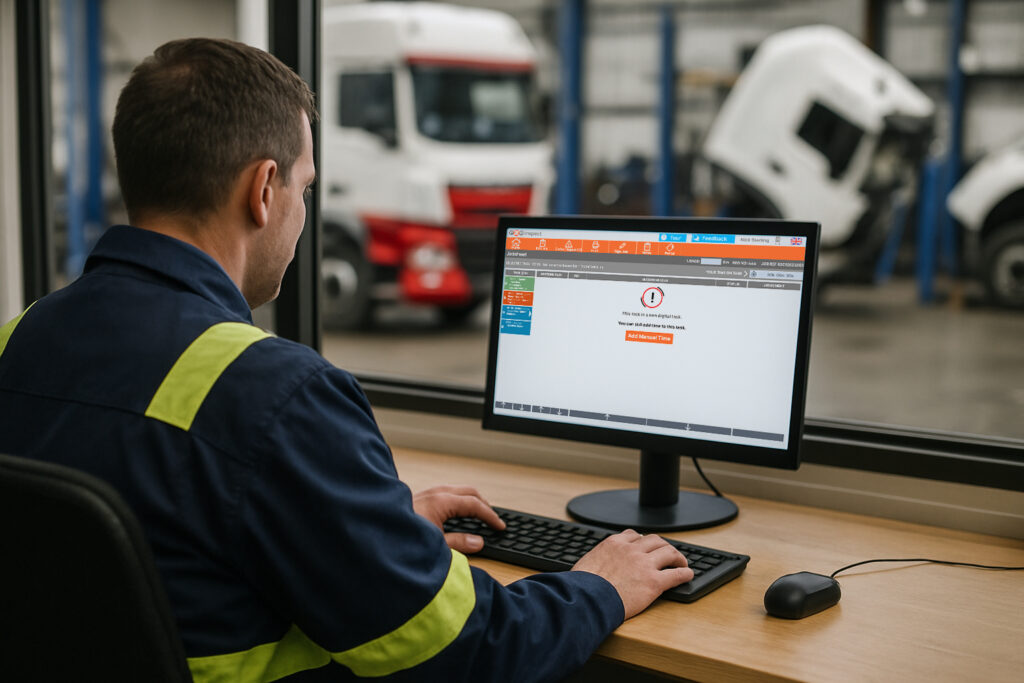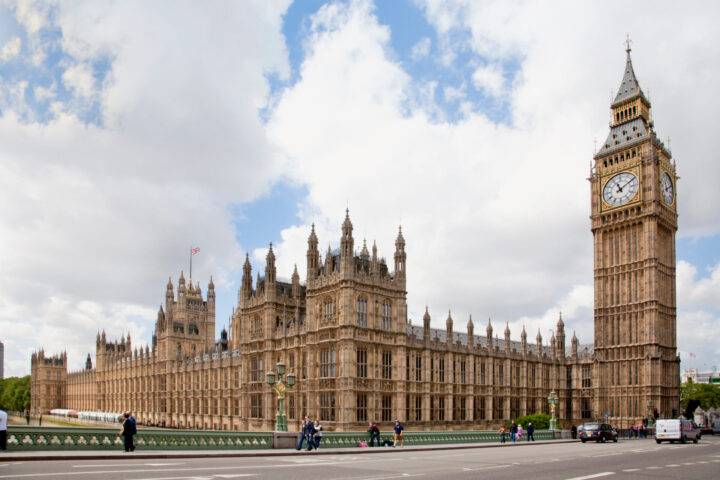There’s no shortage of headlines about the wellbeing crisis in the workplace. However, the truth is that for many companies, it’s a wake-up call.
We’re asking more of our people than ever, often in environments that haven’t changed much in decades. It’s no surprise that disengagement is at an all-time high and employees are questioning the value of being back in the office at all. But that’s not a problem with the work they’re doing. It’s a problem with the workplace.
At Kerr, we believe the office has the potential to be a powerful lever for change. Not through gimmicks or mandates, but through purposeful, human-centred design that puts wellbeing first. Sometimes leaders focus too much on the bottom line rather than wellness, but the truth is that the two are intrinsically linked.
When design is an afterthought, so is the employee
The wrong kind of workspace can quietly chip away at performance and morale. Poor acoustics, bad lighting, nowhere quiet to think, or nowhere inspiring to collaborate aren’t just design flaws, they can be stress triggers.
We’ve seen it firsthand. People spending most of their day trying to work around their environment, rather than being supported by it. When that happens, the impact affects everything from productivity to culture to retention.
The data backs this up. Companies operating in green-certified buildings, often designed with wellness in mind, report a 6% boost in productivity and a 15% uplift in employee wellbeing, according to research by Space Matrix. This just further demonstrates that the space you create directly influences the performance you get.
Why we need to look at workspaces through a wellness lens
Businesses are reassessing their spaces not just in terms of square footage and aesthetics, but in terms of impact. How does this environment help our people feel? Do they want to be here? Are we offering a workplace that adds value to their day, or takes energy from it?
We often get brought in during moments of transition. Whether that’s growth, rebranding or post-pandemic rethinks. These are the moments when smart leaders step back and ask, what do our people really need to thrive?
Grant UK: Where wellbeing drives design
One of the projects I’m most proud of is the work we did with Grant UK as they relocated their headquarters from Devizes to Swindon. Moving a business of that scale isn’t just a logistical challenge, it’s an emotional one. You’re not just shifting desks and systems, you’re asking people to step into a new chapter.
From day one, it was clear that this couldn’t just be a space that was functional, it had to feel like home. That meant looking at every aspect of the design through the lens of wellbeing.
We focused on creating a workplace that was calm, uplifting, and easy to navigate. Natural light became a big part of the story, flooding through open-plan areas to create a bright, energising atmosphere. We built in flexible breakout spaces and collaborative zones so teams could work together more fluidly, while still having moments of privacy when they needed them. Subtle branding touches and nods to their heritage made sure that while the location was new, the identity of the company still felt intact.
What stood out to us was how the energy shifted. You could feel it in the way they used the space – more connection, more pride, more ownership.
To me, that’s the power of workplace design done right. It’s not just about how a space looks, it’s about how it makes people feel. When you prioritise wellbeing at every stage of the design process, you create more than an office. You create a place people want to be.
Designing for wellbeing gives you a competitive edge
Wellbeing and commercial success aren’t mutually exclusive. When you invest in your people’s environment, you see the return. That might be in reduced absenteeism, stronger talent retention, or a team that genuinely wants to show up and do their best work.
Deloitte found that businesses with strong wellbeing cultures are twice as likely to outperform their peers financially. That’s not coincidence, it’s correlation. For those of us involved in office design and strategy, it’s a reminder that the space you build is part of your business model.
Four things business leaders can do right now:
• Listen first – Ask your teams what’s working and what’s not, then build from there.
• Focus on flexibility – Create spaces that allow people to work in different ways, not just one.
• Think beyond the visual – Wellbeing includes air quality, lighting, acoustics, layout. All the things that shape how people feel.
• Engage early – The best outcomes come when the design and build partner is brought in at the strategic stage, not just at the fit-out.
The office has to earn the commute
We’re not going back to the old way of working, but we can build something better. Offices can be spaces people gravitate towards, not because they’re told to, but because they want to – because they feel better there. More focused. More connected. More themselves.
At Kerr, we’re proud to be part of that shift, creating environments that put people first and proving that when you design with purpose, improved wellbeing is inevitable.
Alex Kerr is CEO at Kerr Office Group

















